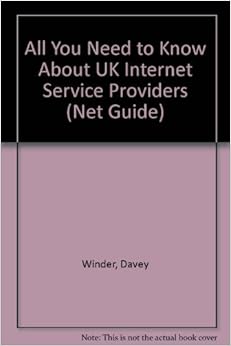
Cache-directive headers are HTTP headers, which are typically added by the origin server. Similar to how caching is implemented in a web browser, you can control how caching is performed in a CDN by sending cache-directive headers. Doing so reduces cost and resource requirements for the application, even when there are large numbers of users. In CDN caching, static resources are selectively stored on strategically placed servers that are more local to a user and offers the following advantages:īecause most web traffic is static (for example, images, fonts, and videos), CDN caching reduces network latency by moving content closer to the user, thus reducing the distance that data travels.īy offloading work to a CDN, caching can reduce network traffic and the load on the origin server. CDN cachingĬaching is integral to the way a CDN operates to speed up delivery and reduce origin load for static assets such as images, fonts, and videos. Otherwise, if the resource is fresh, the data is delivered directly from the cache without validating it first. If the file has been modified on the origin server, the cache updates its version of the resource. If a resource is considered to be stale, the origin server is asked to validate it, that is, determine whether the data in the cache still matches what’s on the origin server. If the resource is not fresh (stale), an up-to-date copy is loaded from the server. For example, when a browser reloads a web page, it verifies that each cached resource on your hard drive is fresh and loads it. A cached resource is considered to be fresh when its age is less than the age or period defined by a cache setting. Instead, as long as a cached resource is considered to be fresh, it is assumed to be the most current version and is sent directly to the client.

To save time and bandwidth consumption, a cached resource is not compared to the version on the origin server every time it is accessed. Resource freshnessīecause a cached resource can potentially be out-of-date, or stale (as compared to the corresponding resource on the origin server), it is important for any caching mechanism to control when content is refreshed. This behavior is defined in the HTTP caching specification, RFC 7234.


Similarly, caching is used by a content delivery network on edge servers close to the user to avoid requests traveling back to the origin and reducing end-user latency. Caching is well-suited for locally managing small, static data such as static images, CSS files, and JavaScript files. By using caching, the web browser can avoid making multiple round-trips to the server and instead access the same data locally, thus saving time and resources. In the most common type of caching, web browser caching, a web browser stores copies of static data locally on a local hard drive. Introduction to cachingĬaching is the process of storing data locally so that future requests for that data can be accessed more quickly.
#Icaching providers .net how to
If you’d like to learn about how to customize caching behavior on your CDN endpoint, see Control Azure CDN caching behavior with caching rules and Control Azure CDN caching behavior with query strings.

This article provides an overview of general caching concepts and how Azure Content Delivery Network (CDN) uses caching to improve performance.


 0 kommentar(er)
0 kommentar(er)
